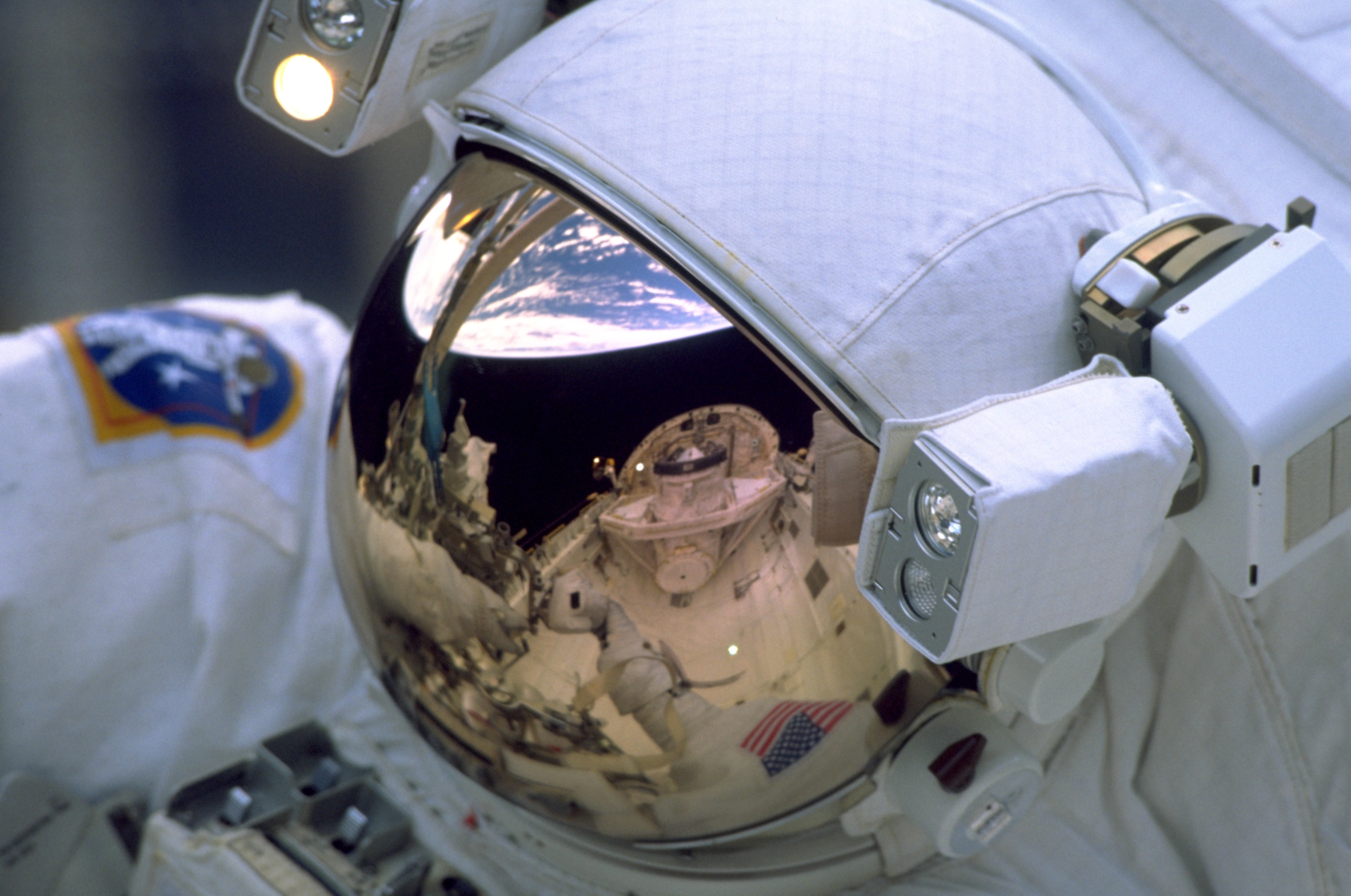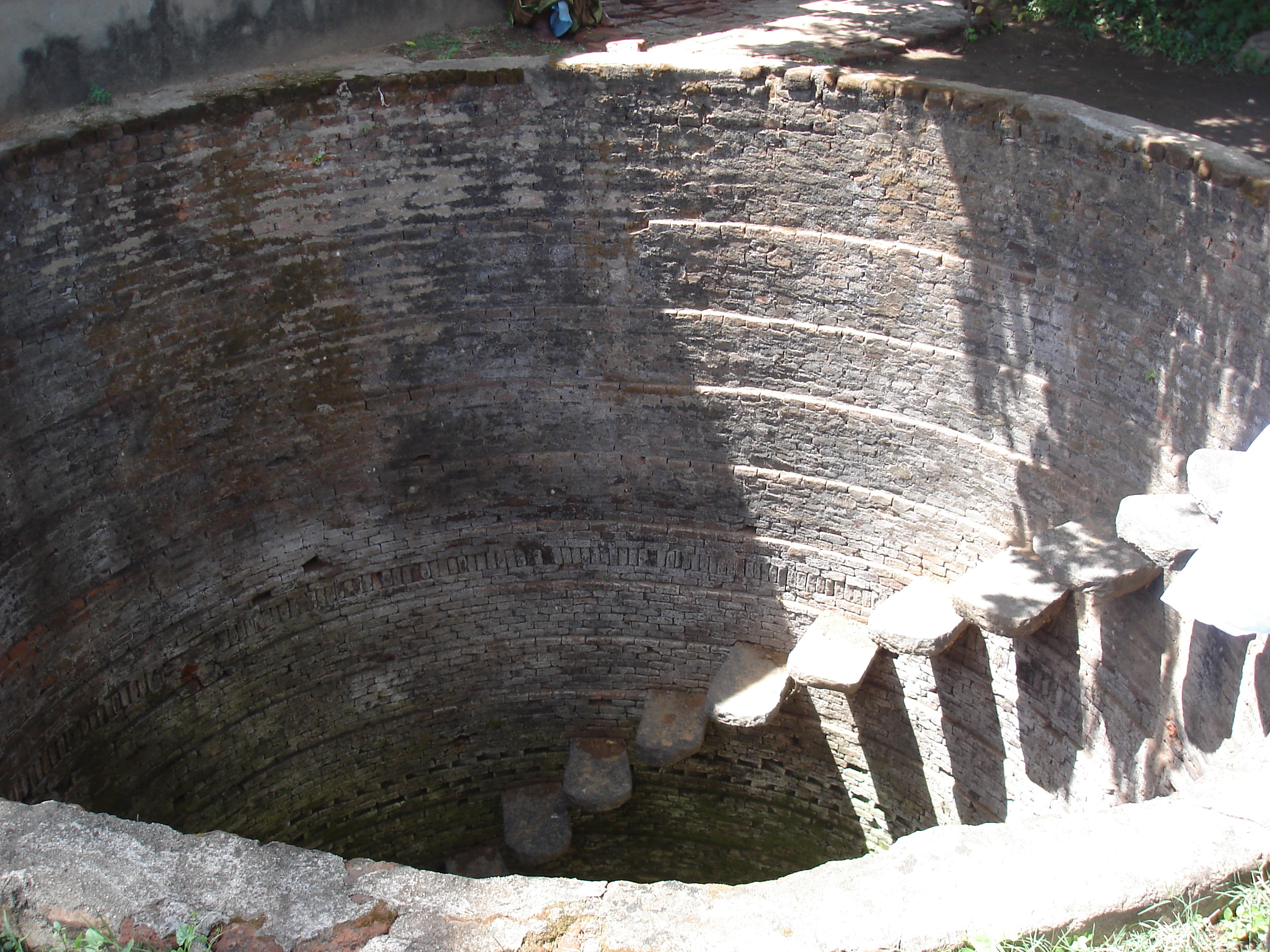
Weekend circulars and hardware store ads tout “long-lasting” light bulbs that burn for 10,000-20,000 hours, but they can’t hold a candle to the subject of this story: a bulb that has shed continuous light for over a century.

We’ve all received the emails, posts and tweets from well-meaning friends: “It takes fewer muscles to smile than to frown. Why tire yourself?” But is it true? Has anyone actually tallied up the facial forces involved? If so, did they account for the full range of smiles we express when amused, contented, excited, proud, satisfied or relieved? And is it true that the very act of smiling can make us happy?
Thomas Edison has long enjoyed the incandescent light of public admiration and textbook domination while Nikola Tesla, the scientist and inventor who pioneered the alternating current that truly powers the modern world, has unjustly languished as a footnote in scientific history. Farsighted, quirky, driven and brilliant, Tesla frequently leapfrogged ahead of his contemporaries to the next step, and the next.
Over the course of his long career, Tesla registered over 111 American patents and around 300 patents worldwide, including radio and alternating current. He designed the Niagara Falls power station that provided electricity to most of the northeastern United States. But his loyalty to his first loves, science and progress, cost him his fame, his fortune and, some argue, his sanity. These are just a few of the …

Space travel isn’t all glamor: Body odor and bad breath hang around; food and filth float; emotional pressure builds; weightlessness degrades bone and muscles; the body experiences higher radiation levels; and risks of kidney stones and eye problems mount.
Clearly, astronauts require a pioneering spirit, but near-future space colonists will need more than guts and gusto to thrive en route to, and on, other worlds. What constitutes an ideal astronaut candidate? Should we select space travelers based on genetic risk factors? Could we train colonists from childhood to be better adapted, mentally and physically, to life in space? And would we be willing to go to the extreme of changing what it means to be human?

From where you currently stand, the farthest you can travel on Earth is about 7,900 miles (12,700 kilometers) straight down. What’s more, were it not for some pesky geophysical realities such as crushing pressure, scorching heat and differential rotation spoiling your fun, you could get there in less than 45 minutes. All you need is a modest tunnel … right?
What would happen if I drilled a tunnel through the center of the Earth and jumped into it?